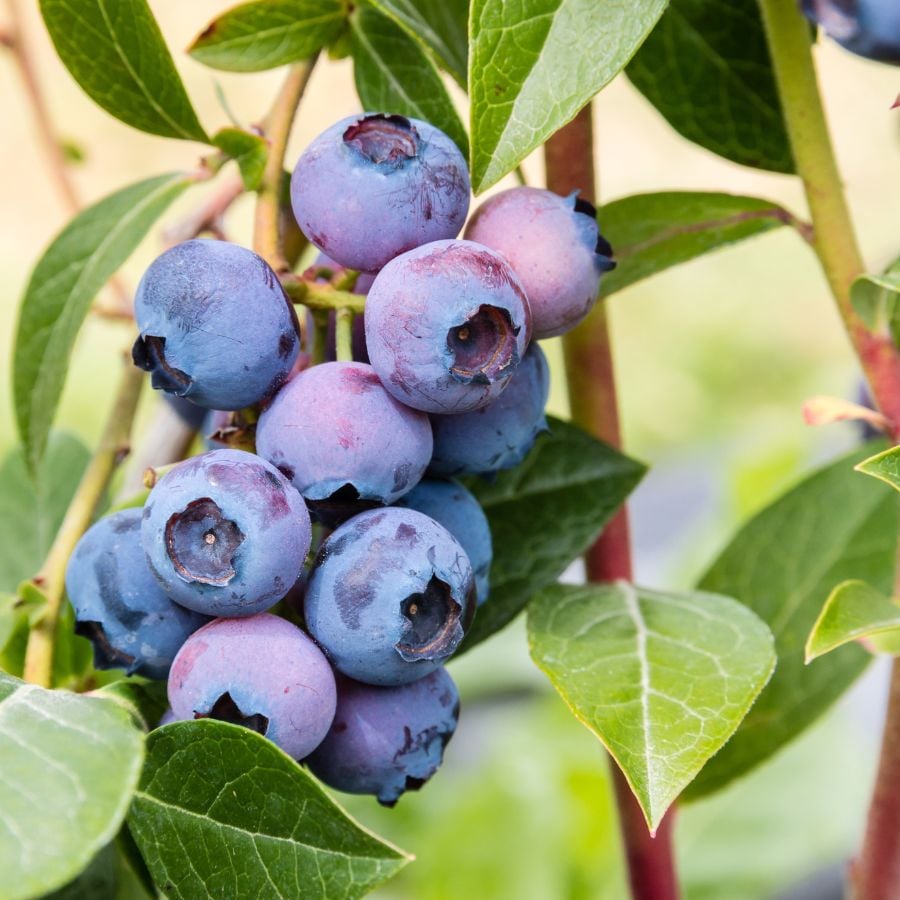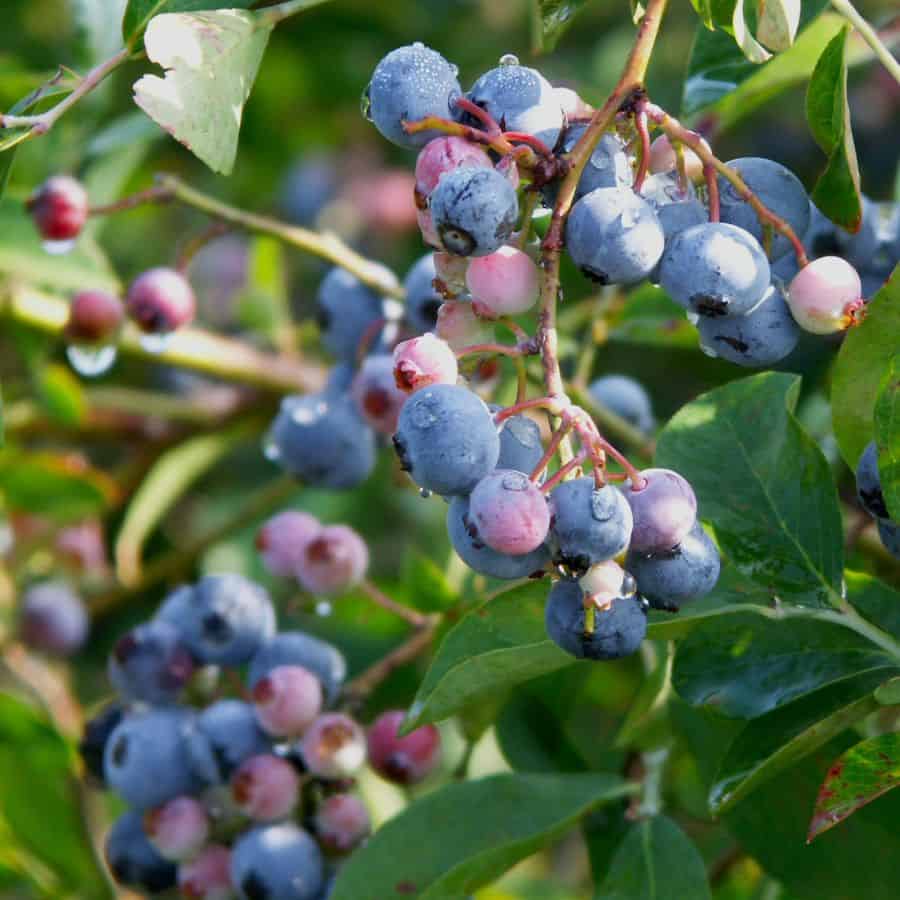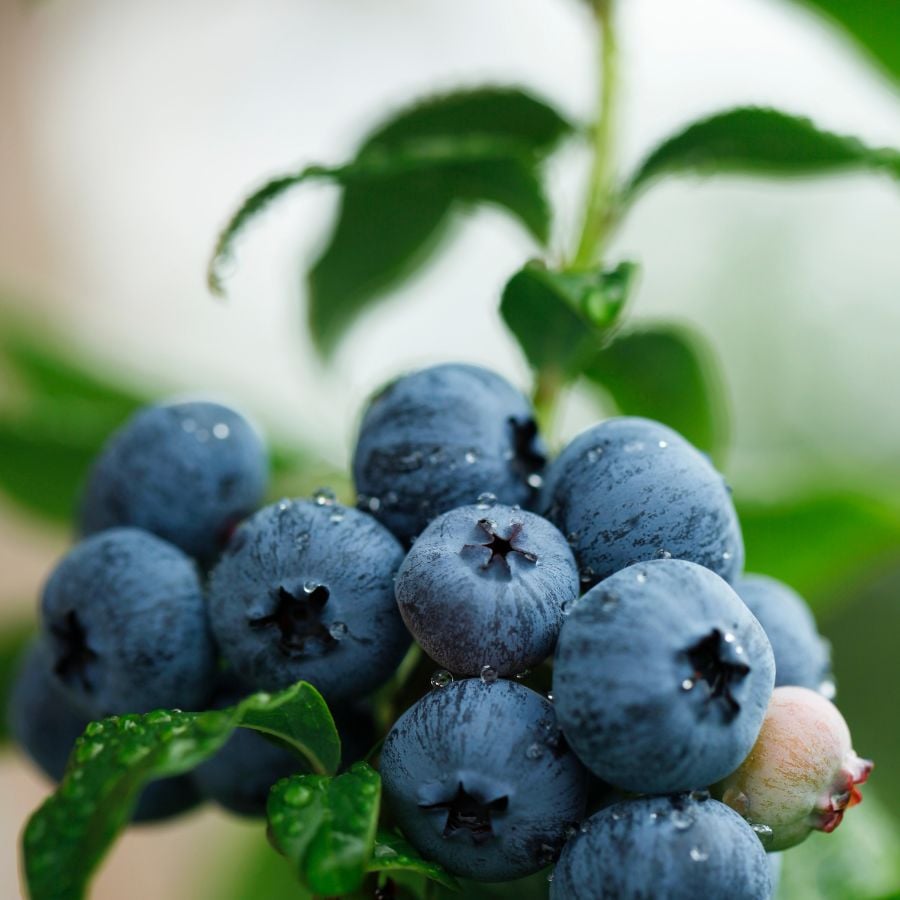Your blueberry bush is desperately trying to tell you something… It’s BEGGING for the right care! Did you know that 78% of home gardeners make at least three critical mistakes when caring for their blueberry bushes?
That’s right! These seemingly hardy plants are actually quite the divas when it comes to their specific needs.
But don’t worry. I’m about to reveal the game-changing steps that will transform your struggling bush into a berry-producing powerhouse!
The Acid Test: Why Your Soil Could Be Sabotaging Your Berries
Forget what you’ve heard about blueberries being just like other shrubs! These blue jewel producers are actually acid-loving rebels that thrive in conditions most other plants would consider hostile.
The secret most plant experts won’t tell you is that soil pH is the MAKE-OR-BREAK factor for blueberries.

They demand acidic soil with a pH between 4.5 and 5.5. Anything higher and your bush will throw a tantrum by yellowing its leaves and refusing to produce.
- Test annually: Invest in a simple soil pH test kit and check every spring
- Acidify naturally: Add pine needles, coffee grounds, or sulfur to lower pH
- Be patient: Soil amendments take time – dramatic pH changes won’t happen overnight
(Think of your blueberry bush as that friend who only drinks a very specific coffee at a very specific temperature – high maintenance but totally worth it!)
Location, Location, Location: Sunshine & Drainage Secrets
Blueberries are sun worshippers that simultaneously hate wet feet – talk about complicated! Select a spot that receives full sunlight (6+ hours daily) with well-draining soil.
Your blueberry roots are like tiny, sensitive coral reefs. They spread shallow and wide rather than deep, making them vulnerable to both drought and drowning.
Choose a location where water doesn’t pool, or create raised beds if your soil is heavy clay.
Most people make this mistake with their blueberries: planting them too close together! These bushes require space to thrive. Plant them 4-5 feet apart to allow for proper growth and adequate air circulation.
The Hydration Revolution: Watering That Actually Works
Blueberries have a drinking problem. They’re simultaneously thirsty and prone to root rot. Consistent moisture is the name of the game.
The difference between amateur and pro plant parents is simply their watering schedule. Provide deep watering (about 1-2 inches) weekly rather than frequent shallow sprinkles.
During berry production, increase watering slightly. Those plump berries are basically little water balloons!
I was shocked to discover that mulch is actually a blueberry’s best friend. A 2-4 inch layer of pine bark, pine straw, or sawdust acts like a moisture-regulating blanket, gradually acidifying the soil as it breaks down. Talk about multitasking!
Feed Me Right: The Fertilization Breakthrough
Your blueberry bush is likely starving for the right nutrients! These aren’t your average garden plants. They need a specialized fertilizer formulated for acid-loving plants.

- Early spring feeding: Apply before new growth emerges
- Late spring boost: A second, lighter application around flowering time
- AVOID: Standard fertilizers that contain nitrates rather than ammonium forms of nitrogen
The game-changer for your blueberry bush isn’t what you think. It’s actually what you DON’T do. Over-fertilizing can burn those sensitive roots faster than bare feet on hot pavement. When in doubt, go with a half-strength application.
Pruning Mastery: The Surprising Truth About Cutting Back
Would you believe that aggressive pruning actually leads to MORE berries? It seems counterintuitive, but your blueberry is begging for a good haircut.
Wait until late winter when the bush is fully dormant, then get bold with those pruners. Remove:
- Any dead or damaged branches (obvious)
- Spindly, weak growth (the underperformers)
- Low branches that will touch the ground when heavy with fruit
- And here’s the shocking part: About 1/4 to 1/3 of the oldest canes are entirely!
This last point is where most gardeners chicken out. But those older branches (typically the thickest, grayest ones) produce fewer, smaller berries. Removing them forces the plant to create vibrant new growth, where the berry magic happens!
Protection Squad: Keeping Pests From Your Precious Harvest
Your developing berries are like tiny blue treasure chests that every creature in your yard wants to raid. Birds can strip a bush clean in HOURS if you’re not vigilant!
The most effective protection is simple: netting secured over the entire bush once berries begin to turn blue. For smaller pest issues, such as aphids, a strong spray of water or insecticidal soap usually does the trick.
Your blueberry’s secret weapon against disease is actually good air circulation. Those pruning techniques we talked about earlier? They’re pulling double duty by helping prevent fungal issues before they start.
The Patience Principle: Year-by-Year Transformation
Here’s the truth that nurseries won’t tell you when selling blueberry bushes: the spectacular harvest you’re dreaming of takes TIME.

Young bushes should have most flowers removed in the first year to encourage root and foliage development. By year three, you’ll see decent production, but the truly impressive harvests come in years 4-6 and beyond.
The waiting game is tough, but consider this: a well-cared-for blueberry bush can produce for 20+ years! That’s a commitment that pays delicious dividends for decades.

